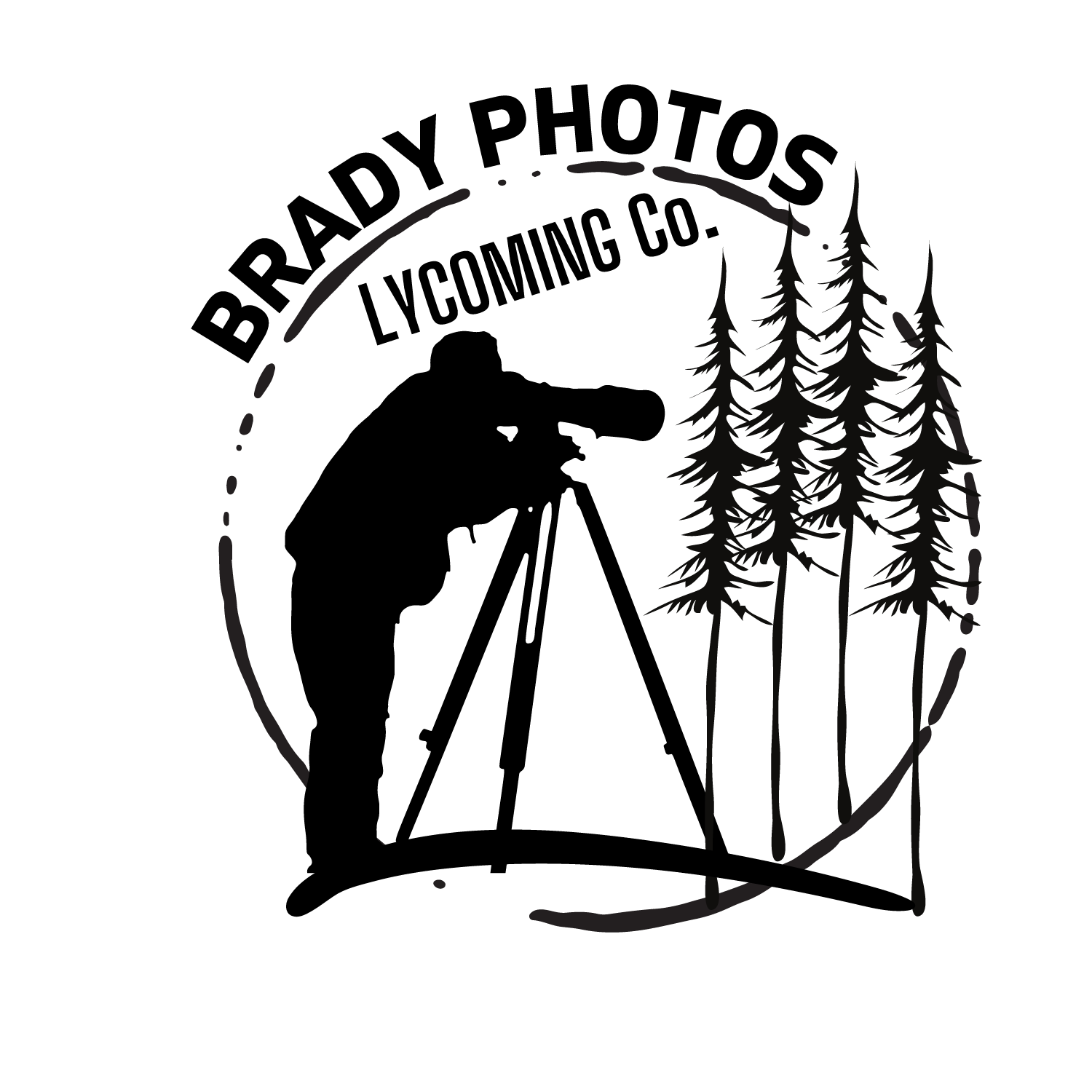Shoot RAW – Because Light Deserves Options
Featuring “John Oliver’s Cabin, Cades Cove, Great Smoky Mountains National Park”
The Birthday Trip
It was my birthday, and Jennifer and I were winding our way along the Cades Cove loop in the Great Smoky Mountains. The fall air was crisp, the trees were beginning to glow, and every turn offered another chance to pull over, breathe, and see.
We weren’t rushing to check boxes or collect images — we were exploring, waiting for light and composition to come together. That’s the joy of photography done right: being present, ready, but patient.
At one of those stops stood John Oliver’s Cabin — weathered, stubborn, and somehow still standing proud against time. The light was soft and warm, sliding through the trees. I knew the image would live or die based on how I handled that light.
The RAW Difference
When I shot that scene, I didn’t worry about making the photo look perfect on the back of the camera. I shot in RAW, because RAW frees you from that kind of pressure.
RAW isn’t just about file size or bit depth — it’s about freedom. It preserves every subtle tone, every highlight, every shadow that your camera’s sensor saw. It lets you focus on composition and light in the field, and then refine the image later — without losing fidelity.
A JPEG decides what the photo should look like before you’ve even left the scene. RAW keeps your options open.
The Process
The RAW image
In the unedited version, the light looks flat. The cabin is there, the color is there, but the mood — the feeling of being in that cool fall air with the sun edging through the pines — isn’t.
The edited image
In post, I brought that feeling back:
Lifted the midtones slightly to bring out the cabin’s texture.
Pulled the highlights to recover the soft glow of the late-afternoon light.
Adjusted white balance to keep the warmth, but not cross into orange.
Added subtle local contrast to separate the cabin from the background trees.
The result isn’t a “different” photo — it’s the same truth, expressed faithfully.
In this instance, the effects are subtle. I didn’t want to be “heavy handed” or give an “over edited” look. Although sometimes the artistic vibe might actually WANT that feel.
RAW Lets You Think Like an Artist
Shooting RAW gives you the room to interpret, not just record.
You can walk through a scene and focus on light — how it shapes, how it reveals, how it hides — without obsessing over nailing the “perfect” exposure in-camera.
It means you can let the creative part of your brain take the lead, confident that the technical details are safe inside that file.
So when the light hits just right — like it did that afternoon on the birthday trip— you can focus on what really matters:
Composition, emotion, and story.
One last comparison
Often, we “see” an image one way, and the raw sensor captures it another way. It captures everything, and then let’s us bring out what we saw.
The images below were taken on this trip, as the sun was setting, and putting on a display showing exactly why these are the GREAT Smoky Mountains. In the first image, this is the RAW data
You might disagree with some of my editing choices—but that’s what makes this creative!
Final Thought
Photography isn’t about getting it “right” in-camera. It’s about capturing enough of reality that you can later tell the truth beautifully.
Shoot RAW. Not because you’ll fix mistakes later — but because it lets you be present now, knowing you’ll have everything you need when the story unfolds in post.




